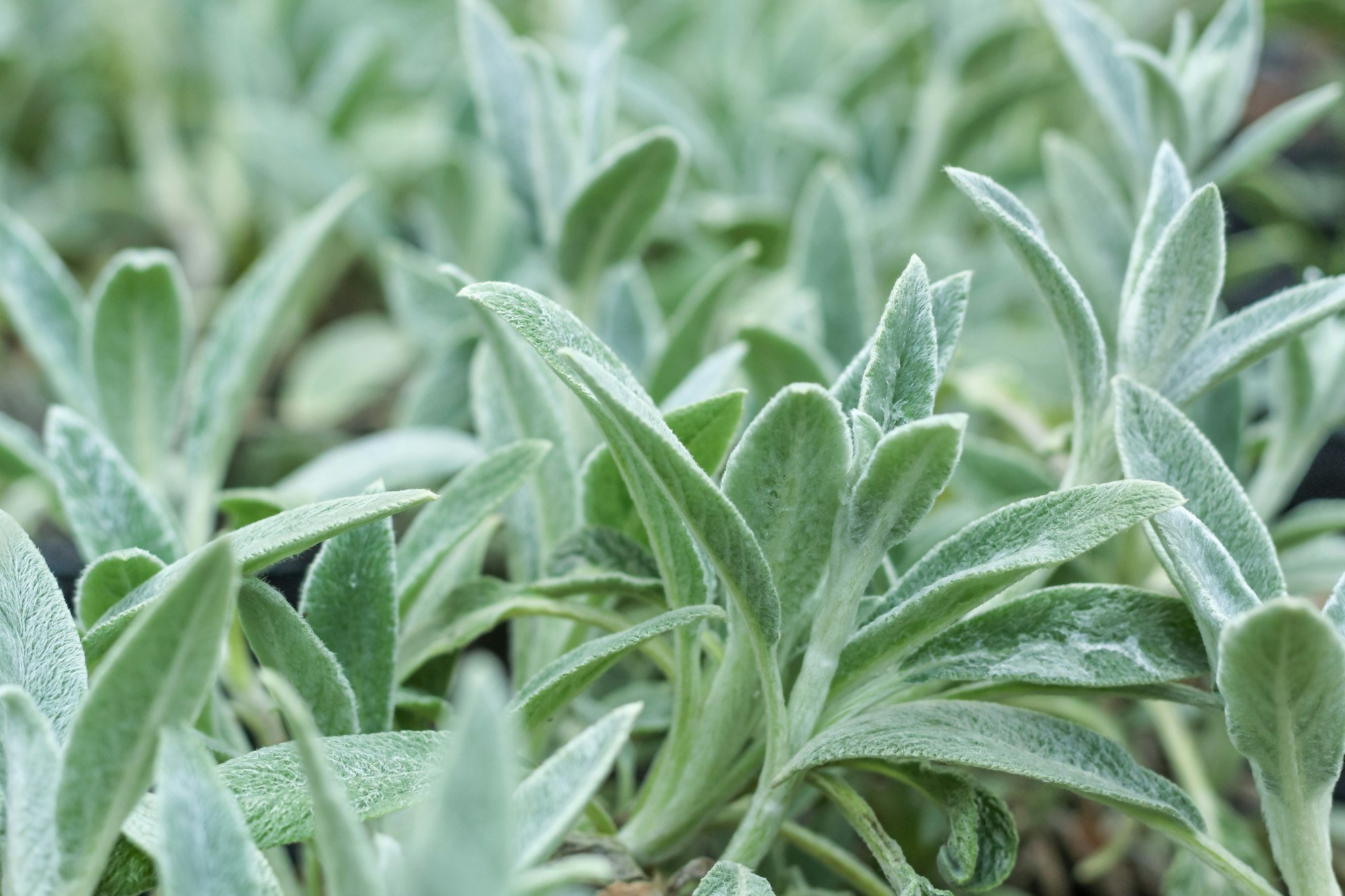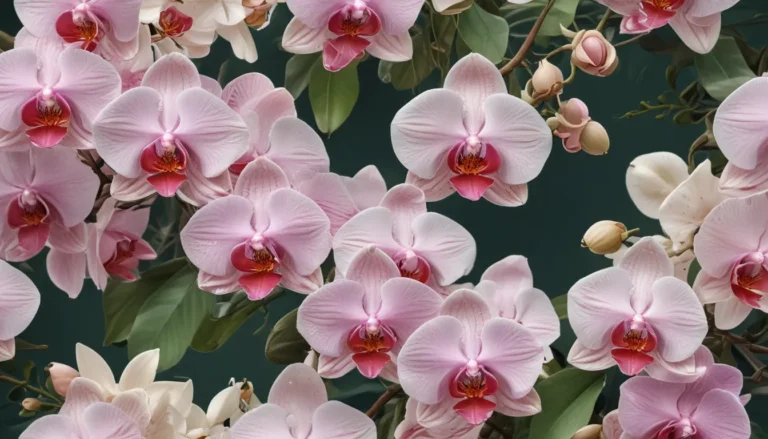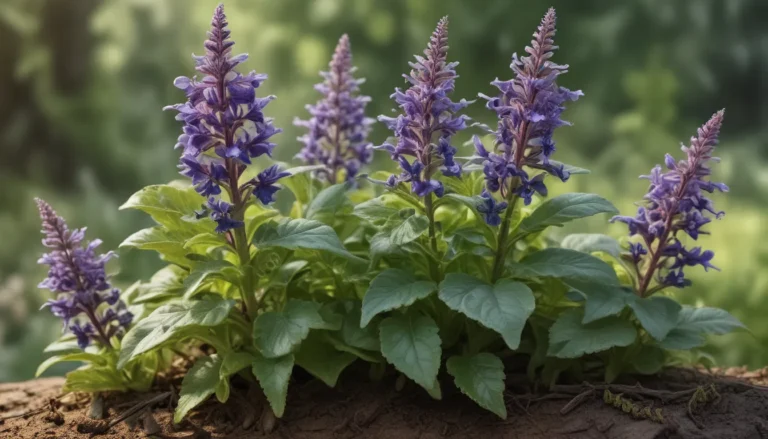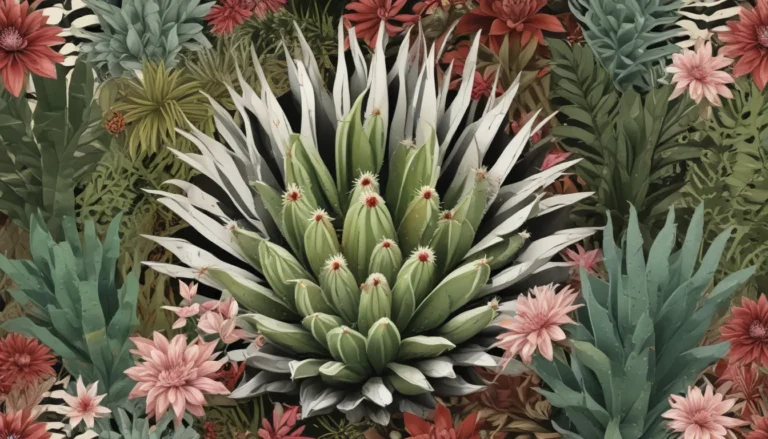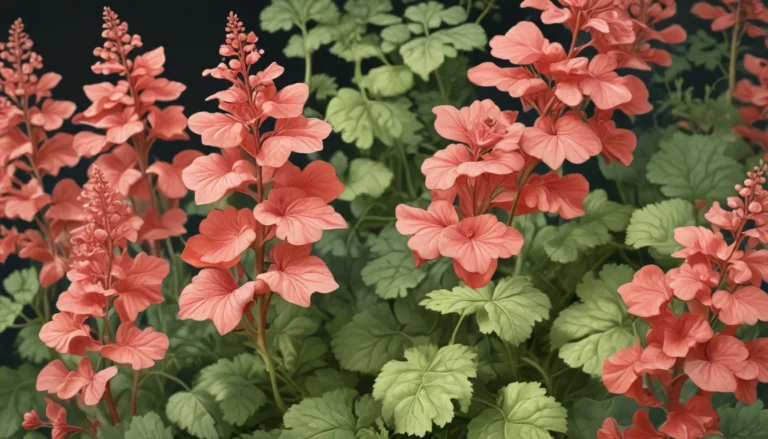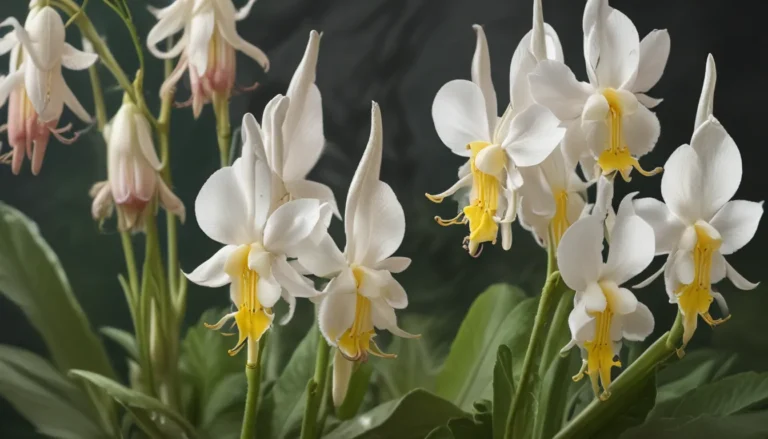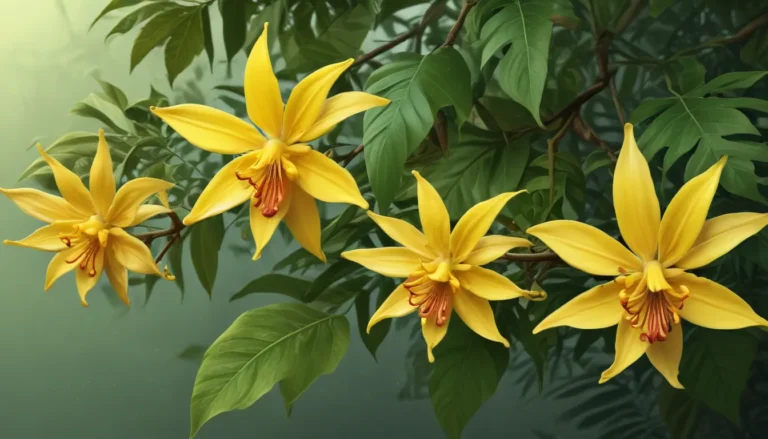The pictures we use in our articles might not show exactly what the words say. We choose these pictures to make you interested in reading more. The pictures work together with the words but don’t take their place. The words still tell you the important facts.
Are you seeking to add a touch of elegance and tranquility to your garden or landscape? Look no further than Silver Sage, also known as Salvia argentea. This remarkable plant, with its distinctive silver-gray leaves and tall flower spikes, is not only visually stunning but also boasts a range of surprising facts and benefits that make it a valuable addition to any garden. Join us as we explore surprising facts about Silver Sage that will leave you amazed and inspired. Whether you're a seasoned gardener or simply curious about the natural world, prepare to be captivated by the hidden wonders of this extraordinary plant!
Delving into the World of Silver Sage
Silver Sage, a stunning perennial herb, thrives in dry, rocky regions with its silver-gray foliage and attracts beneficial pollinators like bees and butterflies, making it a versatile and low-maintenance addition to any garden. Let's dive deeper into the fascinating world of Silver Sage and explore its unique characteristics and versatility.
1. A Perennial Herb with a Silver-Grey Foliage
Silver Sage, scientifically known as Salvia argentea, is a stunning perennial herb that stands out in any garden with its remarkable silver-gray leaves. This distinct foliage adds a touch of elegance and sophistication to any landscape.
2. Native to Dry, Rocky Regions
Originating from the arid areas of the Mediterranean and Middle East, Silver Sage is well-adapted to thrive in dry, well-drained soils. Its natural habitat influences its drought-tolerant nature, making it a resilient plant.
3. Silver Leaves Covered in Soft Hairs
The silver color of Silver Sage leaves is a result of the fine hairs that cover the surface, giving them a soft and velvety appearance. This unique feature adds texture and visual interest to the plant.
4. Tall Flower Spikes with Delicate Flowers
During the summer months, Silver Sage produces tall, sturdy stems adorned with delicate white or yellowish flowers. These flower spikes add a vertical dimension to the garden and attract pollinators.
5. Medicinal Properties of Silver Sage
Traditionally, the leaves of Silver Sage have been used in herbal medicine for their potential therapeutic benefits, including anti-inflammatory and wound-healing properties. The plant's medicinal properties add to its value and versatility.
Cultivating and Caring for Silver Sage
Silver Sage is not only visually striking but also easy to care for, making it a popular choice for gardeners of all experience levels. Let's explore how to cultivate and care for this remarkable herb in your own garden.
1. Drought-Tolerant Nature
Thanks to its natural adaptation to arid regions, Silver Sage requires minimal watering once established. This makes it an excellent choice for water-wise gardens and low-maintenance landscapes.
2. Propagation Methods
Silver Sage can be propagated from seeds or by dividing mature plants. Whether you prefer starting from scratch with seeds or dividing existing plants, both methods are viable options for expanding your Silver Sage collection.
3. Deer-Resistant Qualities
If deer are a common visitor to your garden, rest assured that Silver Sage is not on their preferred menu. Its deer-resistant qualities make it a suitable choice for gardens prone to deer browsing.
4. Sun-Loving Plant
Silver Sage thrives in sunny locations and prefers full sun to achieve its best growth and full potential. Ensure your plant receives ample sunlight to maintain its health and vigor.
5. Visual Contrast in the Garden
The silver-gray foliage of Silver Sage creates a stunning contrast when paired with other colorful plants in the garden. Its unique color and texture add visual interest and depth to your outdoor space.
Utilizing Silver Sage in Various Settings
From culinary uses to attracting beneficial insects, Silver Sage offers a range of benefits beyond its visual appeal. Let's explore how you can make the most of this versatile plant in your garden and beyond.
1. Culinary Applications
In Mediterranean cuisine, Silver Sage leaves have been used as a flavoring agent in dishes, adding a unique and aromatic touch to various culinary creations. Experiment with incorporating Silver Sage into your favorite recipes for a hint of herbal flavor.
2. Cut Flower Arrangements
The tall flower spikes of Silver Sage make it an excellent choice for cut flower arrangements. Add a touch of elegance and sophistication to your bouquets and floral displays with the striking blooms of Silver Sage.
3. Attracting Beneficial Insects
In addition to bees and butterflies, Silver Sage also attracts a variety of other beneficial insects, such as hoverflies and parasitic wasps, which help control garden pests. Planting Silver Sage can help create a vibrant and thriving ecosystem in your garden.
4. Creating a Tranquil Atmosphere
With its silver-gray foliage, Silver Sage imparts a sense of serenity and calmness to the garden, offering a peaceful retreat in any outdoor space. Create a tranquil oasis by incorporating Silver Sage into your garden design.
Embracing the Beauty and Benefits of Silver Sage
In conclusion, Silver Sage is a fascinating plant with a rich history and numerous benefits. Its unique silver foliage, aromatic scent, and ability to attract pollinators make it a favorite among gardeners. Whether you're looking to enhance the visual appeal of your garden or explore its medicinal properties, Silver Sage is a versatile and valuable addition to any landscape. So go ahead and incorporate this stunning perennial into your garden to enjoy its many surprising facts and qualities.
FAQs
Q: How tall does Silver Sage grow?
A: Silver Sage typically grows to a height of 2 to 3 feet, making it a compact and versatile plant for gardens of all sizes.
Q: Does Silver Sage require a lot of water?
A: Silver Sage is drought-tolerant and does not require excessive watering. However, occasional deep watering during prolonged dry spells is beneficial.
Q: Can Silver Sage survive in cold climates?
A: Silver Sage is hardy and can withstand frost and cold temperatures, making it a great choice for gardens in colder regions.
Q: How often should Silver Sage be fertilized?
A: Silver Sage is a low-maintenance plant and does not require frequent fertilization. A slow-release organic fertilizer applied once a year in spring should be sufficient.
Q: Can Silver Sage be grown in containers?
A: Yes, Silver Sage can thrive in containers, making it a versatile choice for gardeners with limited space or for adding accents to patios and balconies.
Q: Does Silver Sage attract pollinators?
A: Yes, Silver Sage is highly attractive to pollinators such as bees and butterflies. Planting it in your garden can help create a vibrant and buzzing ecosystem.
A Final Note
Our commitment to delivering trustworthy and engaging content is at the heart of what we do. Each fact on our site is contributed by real users like you, bringing a wealth of diverse insights and information. To ensure the highest standards of accuracy and reliability, our dedicated editors meticulously review each submission. This process guarantees that the facts we share are not only fascinating but also credible. Trust in our commitment to quality and authenticity as you explore and learn with us.
